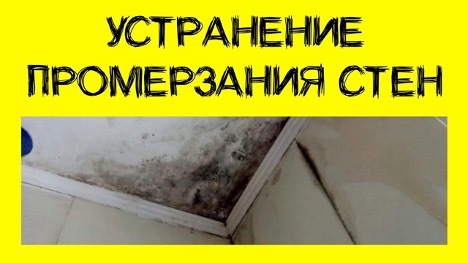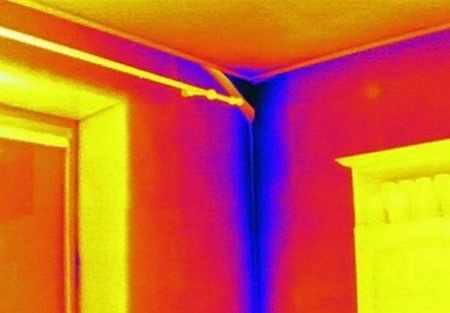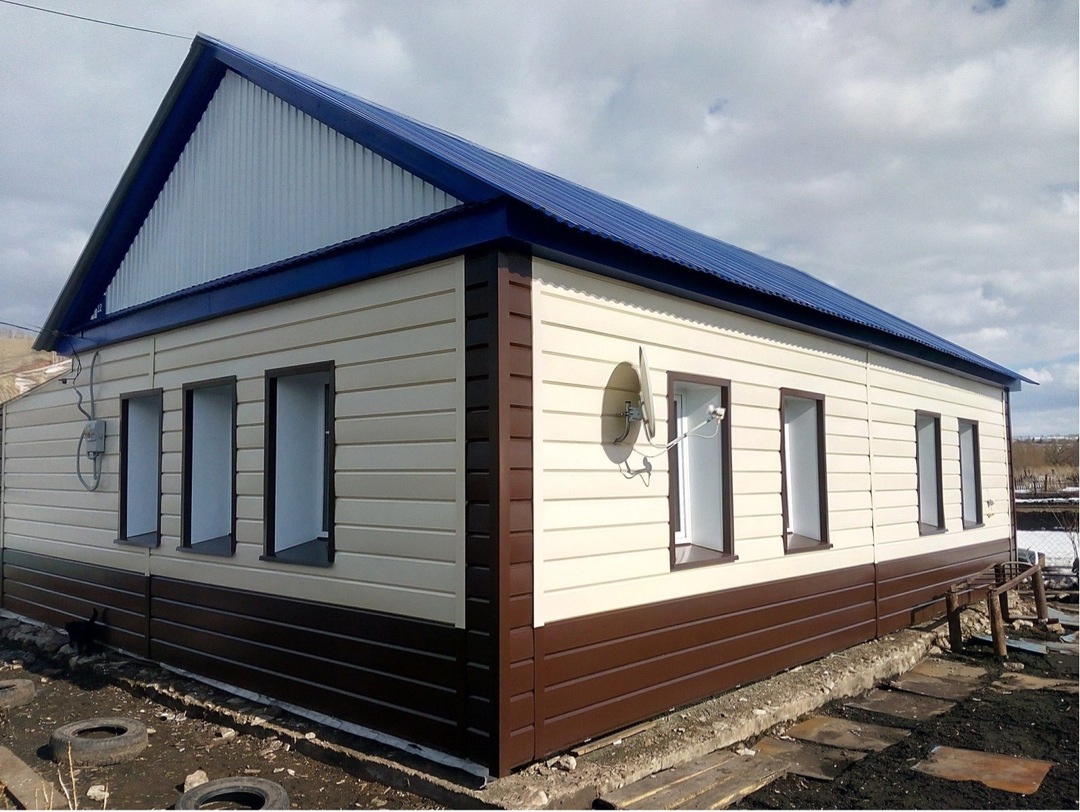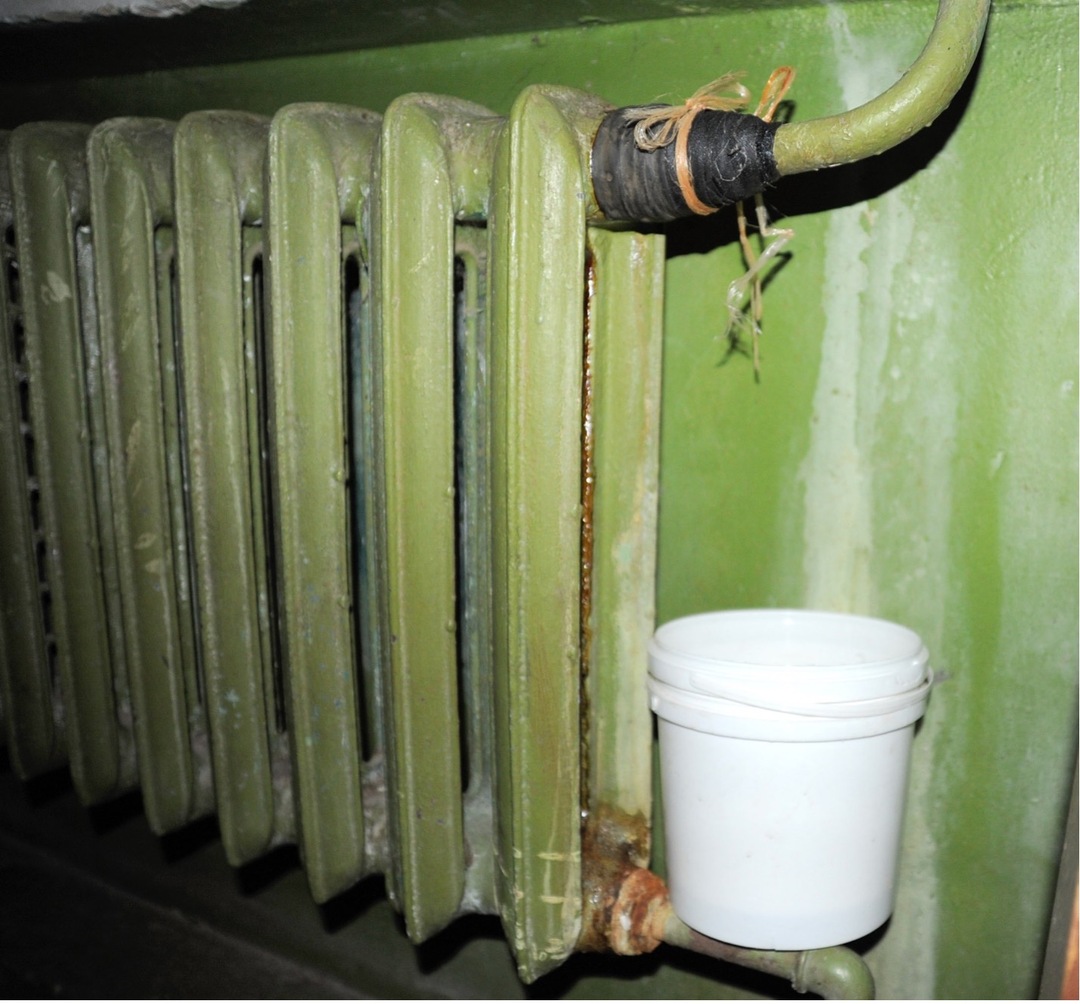The problem of freezing of walls and corners in apartments and brick houses is very acute, especially in the cold season. At first glance, solving this problem seems difficult, but there are several methods that can be used at home. This article discusses the main causes of freezing and ways to eliminate them.

The content of the article
- Reasons for freezing of walls and corners
- Diagnosis of the problem
- Practical solutions
- What to do with corners in a brick house?
- Comparison with other types of houses
- Determination of frost penetration thickness
- Where to go in case of problems
- Conclusion
Reasons for freezing of walls and corners
Often the cause of freezing of walls in an apartment is insufficient or poor-quality thermal insulation. Also why walls freeze is the presence of cracks or other defects in the structure of the walls. In brick houses, why it is cold may be due to the fact that brick is a fairly thermally conductive material and, without additional insulation, does not provide the required level of heat retention.
Diagnosis of the problem
To effectively diagnose the problem of freezing of walls and corners, it is necessary to use an integrated approach. One of the most accurate methods is to use a thermal imaging camera. This tool allows you to accurately identify areas with damaged thermal insulation and temperature “bridges.” You can also use less technological methods, such as feeling the wall with your hand or using an infrared thermometer, but they are less informative.
An important aspect of diagnostics is measuring the permissible freezing temperature of the wall in the apartment. This can be done using a regular thermometer or thermohygrometer. Measurements should be taken at different times of the day and in different meteorological conditions for greater accuracy. The collected data will help you create an accurate plan of action to resolve the problem.
Practical solutions
If you are faced with a freezing problem, here are a few methods that you can use:
- Use modern materials for wall insulation, such as mineral wool or expanded polystyrene.
- Seal all visible cracks and crevices in the walls.
- Don’t delay; it’s better to hire professionals to carry out comprehensive repairs and insulation.
What to do with corners in a brick house?
If you are faced with the problem that corners in a brick house are freezing, the first priority is to diagnose the extent of the damage. Use a thermal imaging camera to pinpoint areas with the greatest heat loss. After this, you can begin insulation, using modern materials such as mineral wool or extruded polystyrene foam. You should not skimp on the quality of materials: cheap analogues may not solve the problem, but only aggravate it.
It is important not only to insulate the corners, but also to ensure reliable sealing of seams and joints. This will prevent cold air from penetrating into the wall and corner. For sealing, you can use specialized mounting foams and sealants that provide reliable insulation.

Comparison with other types of houses
Unlike brick buildings, panel houses are usually less susceptible to the problem of wall freezing, especially when it comes to new types of panel structures with improved thermal insulation characteristics. However, if you are faced with the problem that the walls in a panel house are freezing, solutions often turn out to be more labor-intensive and financially costly due to the limited materials and their thickness.
Wooden houses also have their own characteristics. Although wood is a good thermal insulator, insufficient structural density or the presence of cracks can lead to freezing. It is important to note that a cold wall in an apartment in a wooden house may indicate the need for a serious technical inspection and, possibly, major repairs.
Determination of frost penetration thickness
Measuring the frost thickness of walls is a key step in diagnosing the problem. Thermographic studies using infrared cameras are often used for this purpose. These devices make it possible to determine how deeply the cold has penetrated into the wall structure and in which specific places freezing is most pronounced.
If you do not have access to professional equipment, you can use methods that are more experimental in nature. For example, some people use a technique that involves applying wet sheets of paper to different areas of the wall. Based on the drying rate, we can draw conclusions about in which zones the wall freezes more strongly. However, it should be understood that these methods are not accurate enough and require additional verification.
Where to go in case of problems
If a wall in an apartment freezes, where to turn is one of the first questions that arises among residents. The best option is to contact professional construction companies or services specializing in insulation and renovation of residential premises.
How to keep warm (final recommendations):
- Regularly diagnose the condition of walls and corners. This will help identify the problem at an early stage and take timely action.
- Don’t skimp on materials for insulation; high-quality materials will pay for themselves.
- If the problem persists, seek professional help. The costs of specialist services will pay for themselves in the future.
Conclusion
Freezing of walls and corners is a problem that can lead to serious financial losses and health problems. The sooner you take action, the better. Having all the necessary information and tools to solve it, you can keep your home warm and comfortable.
Regardless of whether you are faced with the problem of freezing walls in an apartment or freezing corners in a brick house, it is important not to delay solving the problem. The sooner you take action, the less you will lose in increased heating bills and loss of comfort.


